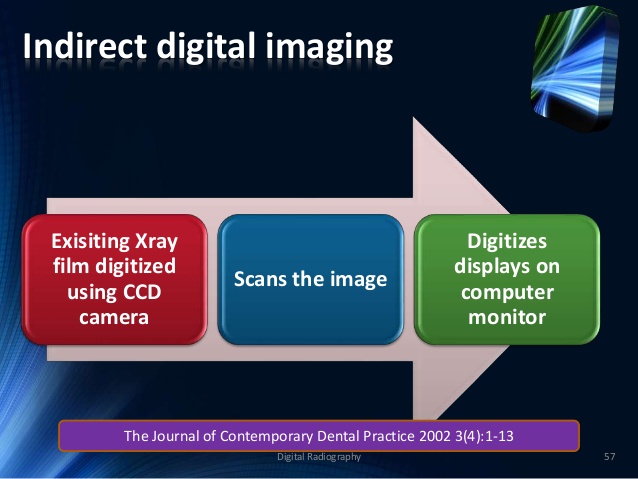Indirect Imaging
While Golay, Fennimore, and others were leveraging multiplexing to eliminate trade offs in traditional sensors, an entirely disparate group of researchers were working on imaging techniques for which there was no isomorphic analog. In these cases the physics of the sensing modality prevents a point-by-point sampling of the signal-of-interest. Indirect imaging refers to sensing schemes which include Xray Computed Tomography (CT), Single-Photon Emission Computed Tomography (SPECT), Positron Emission Tomography (PET), Magnetic Resonance Imaging (MRI) and certain forms of sonic and radio wave imaging. All require a data processing or reconstruction step to solve an inverse problem. Perhaps one of the most successful early examples of indirect imaging which led to the rise of inverse problems in sensing is the development of radar. While early radar was concerned with the detection and distance of an object, development of imaging radar began after World War II. Imaging radar and specically Synthetic Aperture Radar (SAR) can use time delay information combined with the Doppler effect and interference of coherent radio waves to create high resolution images of terrain and buildings.In medicine, a common imaging modality is X-Ray CT. In X-Ray CT, computational inversion is required to reconstruct a 2 or 3-dimensional function from 1 or 2-dimensional measurement data. The forward model can be simple: In a collimated beam architecture with a 1-dimensional detector array, each sample from each pixel on the array is proportional to the total number of x-ray photons that have not been absorbed by the object. The inversion relies on computing the inverse Radon transform. Indirect imaging is a subeld of computational sensing. Due to the medical and military applications of these computational sensors, there has been an intense push to reduce measurement time and improve task-specic and reconstruction results. Many of the techniques from other subelds of computational sensing have been brought to bear for indirect imaging . I have discussed the development of multiplex sensing and indirect imaging and how the ideas from both subelds are analogous in terms of producing a nonisomorphic measurement. However a major step in practical implementation of computational sensing is being able to obtain the measurements in a quick, reliable and efficient manner. Computational sensing as a eld would not exist without the most important invention in optics and photonics of the 20th century, the digital image sensor.



